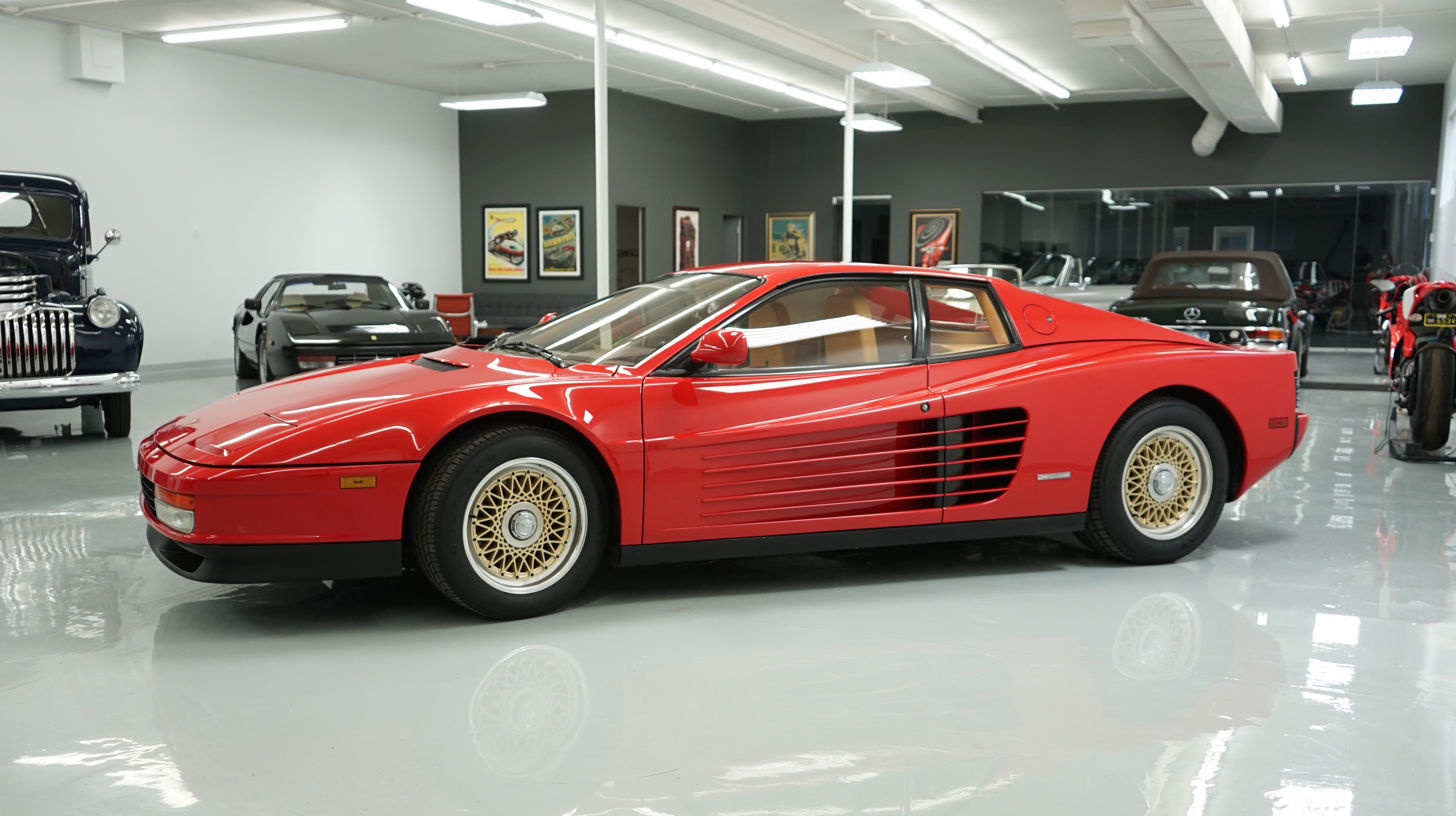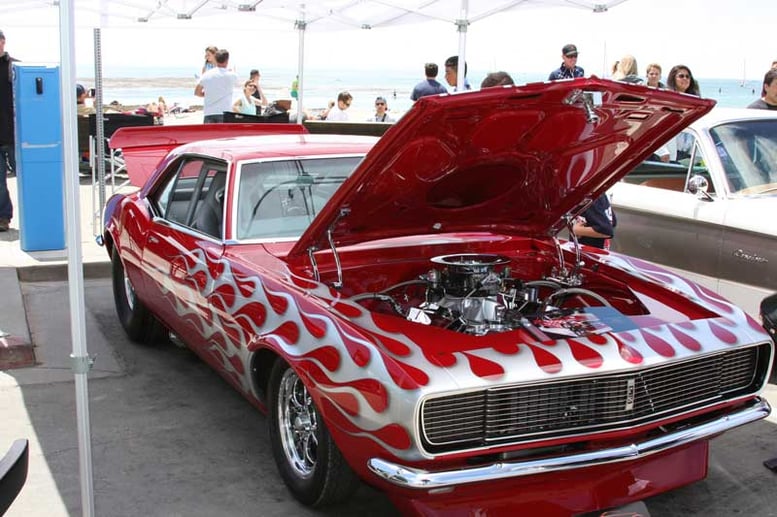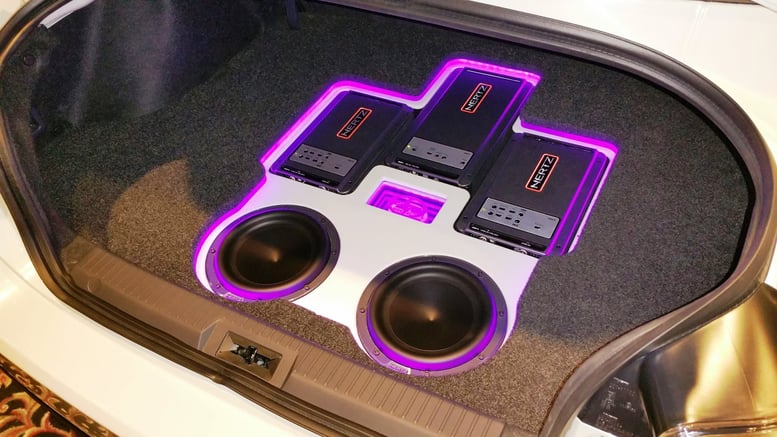How to Pay for Modifications - Twice

One of the Golden Rules of the automobile business is: almost any modification to almost any car hurts its value. This has become even more valid in today’s collector car environment where originality is prized more than faddish ‘improvements.’ We bought the Testarossa above with period BBS wheels and simply HAD to replace them to originals to sell the car.
Recalling our previous blog, we mentioned that thirty years ago many sports cars were color-changed to red from whatever their original hue may have been—because that was popular at the time. Today, those original rich metallic browns and greens on Mercedes SLs are far more preferable to a redo in red. Even Ferrari, the poster child for traditionally-red cars, has developed a following for the other shades that were available in period and a Rosso Corsa livery is almost considered a cliché.

Beyond paint color is the huge range of mechanical enhancements championed by some enthusiasts. Back in the ‘70s & ‘80s, it was commonplace for someone to ‘trick out’ his Camaro with aftermarket carburetor and manifold, exhaust headers and a radical camshaft. Of course, all the emission equipment would be thrown away at the same time. While this did make the car faster and louder, it almost always made it less reliable and drivability suffered. In those days, doing a setup like that would cost a couple thousand dollars (10% of the car’s value), plus the inevitable outsize aftermarket wheels & tires and the obligatory big stereo would tack on another grand. So, now the car is hard to start, barely idles, regularly overheats and the interior is all cut up with extra speakers and amps. About this time, the girlfriend has become The Wife, and is focused on the household budget, kids and increasing practicality instead of blasting around the drive-in on Saturday night.

Discovering that no one wants to buy someone else’s hotrod after weeks of classified ads, the couple then try to trade the Camaro in on a sensible car of some sort. In appraising the trade-in, all used car managers enact the corollary to the rule above: If the car has $3000 worth of modifications, we deduct $3000 from what a stock one is worth. Meaning the owner gets to pay for all his gadgets twice! Just like nobody wants your dinner after you’ve eaten it, personalizing your car is usually a turn-off to prospective purchasers.

Call it a quirk of logic, but even someone who is planning to modify his newly-bought car, prefers to start with a stock one—and do it his way. Wankers at car shows may gush over your creation, but they ain’t buyers. Again, logic may lead one to think that thousands in add-ons will be viewed as a bonus, but is generally not. In the real world, the very best that can be hoped for is selling a customized car for about what a stock one is worth and only paying for your toys once.
Have a question about a restoration? Email us at info@farlandcars.com or call 303-761-1245.